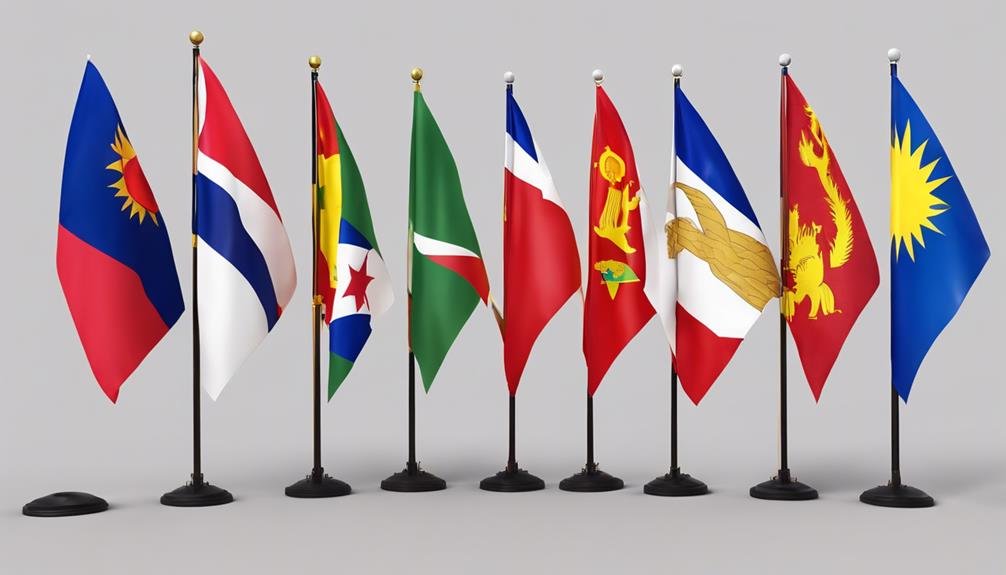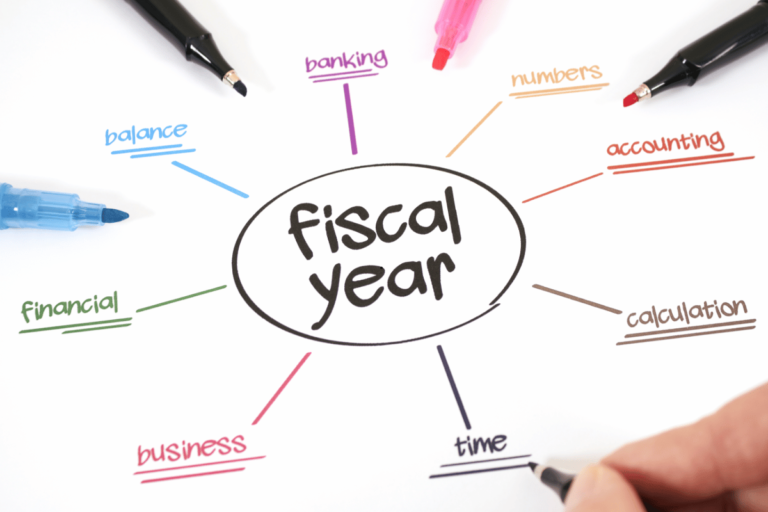Association of Southeast Asian Nations (ASEAN) Overview
The Association of Southeast Asian Nations (ASEAN) stands as a proof of regional collaboration and economic progress in a diverse and dynamic geopolitical landscape. With a collective focus on fostering mutual understanding and sustainable development, ASEAN has emerged as a pivotal player in shaping the future of Southeast Asia. From economic partnerships to cultural exchanges, ASEAN's multifaceted approach to regional integration offers a glimpse into the intricate web of relationships that underpin its operations. As we explore the intricate tapestry of ASEAN's endeavors, one cannot help but wonder about the untapped potential and future implications of this influential organization.
Key Takeaways
- ASEAN fosters regional unity and cooperation for economic, social, and cultural advancement.
- Combined GDP of ASEAN countries reached $3 trillion in 2020, with consistent growth in key sectors.
- RCEP agreement boosts intra-regional trade and economic cooperation.
- Emphasis on regional cooperation, cultural preservation, and sustainable development.
- Focus on enhancing diplomatic ties, trade diversification, and embracing innovation for global competitiveness.
Establishment and Objectives
How did the establishment of the Association of Southeast Asian Nations (ASEAN) in 1967 shape its objectives for regional economic growth and peace?
The formation of ASEAN marked a significant step towards fostering regional unity and cooperation among Southeast Asian countries. By coming together, the founding members aimed to enhance economic growth, promote stability, and prevent conflicts in the region.
The core objectives of ASEAN include the promotion of economic development, social progress, and cultural advancement. Through mutual respect and understanding, ASEAN endeavors to maintain peace and security in Southeast Asia while advancing the well-being of its citizens.
The commitment to regional unity has been a driving force behind ASEAN's efforts to create a more prosperous and peaceful Southeast Asia.
Member Countries and GDP
The combined gross domestic product (GDP) of the Association of Southeast Asian Nations (ASEAN) member countries reached $3 trillion in 2020, reflecting the economic significance of this regional organization. ASEAN countries have shown consistent economic growth over the years, with sectors like electronics, automotive, and agriculture driving their economies.
This growth has been supported by initiatives like the ASEAN Free Trade Area (AFTA) and the Regional Inclusive Economic Partnership (RCEP) agreement. Despite challenges such as the impact of the pandemic on tourism and trade, ASEAN nations continue to focus on enhancing their economic cooperation and promoting regional development.
The diverse economies within ASEAN contribute to the overall resilience and potential for further growth in the region.
Economic Agreements and Trade
Economic collaborations and trade agreements play a pivotal role in shaping the interdependent relationships among ASEAN member countries and their external partners. The Regional Comprehensive Economic Partnership (RCEP) impact and trade dynamics within ASEAN are vital factors influencing the region's economic landscape.
- RCEP Impact: The signing of the RCEP agreement in 2020 has provided a significant boost to intra-regional trade and economic cooperation.
- Trade Dynamics: ASEAN trade dynamics revolve around key sectors such as electronics, automotive, and agriculture, driving economic growth and diversification.
- Tariff Reduction: Efforts under agreements like the ASEAN Free Trade Area (AFTA) have led to the reduction of tariffs to zero by 2021, fostering greater trade facilitation.
- Pandemic Effects: The pandemic has disrupted trade flows, leading to potential losses in sectors like tourism and impacting overall trade volumes within the region.
Core Principles and Focus Areas
Fostering regional cooperation and sustainable development lies at the heart of ASEAN's core principles and focus areas. ASEAN places a strong emphasis on cultural preservation by promoting the development of individual cultures within its member states.
Through regional cooperation, ASEAN aims to establish a supportive network that enhances economic growth, security, and overall well-being in the region. By prioritizing cultural preservation, ASEAN guarantees that the rich heritage and traditions of its diverse member countries are respected and celebrated.
This commitment to cultural preservation not only strengthens the identity of each nation but also fosters a sense of unity and understanding among ASEAN members. Overall, these core principles underscore ASEAN's dedication to promoting collaboration and sustainable development across Southeast Asia.
International Relations and Future Prospects
With a focus on enhancing diplomatic ties and anticipating future opportunities, ASEAN navigates a complex landscape of international relations and potential growth prospects.
- Regional Cooperation: Strengthening partnerships within ASEAN and with external nations to promote stability and economic development.
- Geopolitical Strategies: Balancing relationships with major powers like the U.S. and China to safeguard regional interests and maintain autonomy.
- Trade Diversification: Exploring new markets and sectors to reduce dependency on specific industries and enhance economic resilience.
- Innovation and Technology: Embracing digital transformation and sustainable practices to drive competitiveness and address evolving global challenges.
Conclusion
To sum up, ASEAN has successfully established itself as a key player in promoting regional unity and economic development among its member countries. Through initiatives like the RCEP agreement and AFTA, ASEAN has demonstrated its commitment to enhancing intra-regional trade and economic cooperation.
Moving forward, ASEAN must continue to prioritize diplomatic ties, explore new markets, and embrace innovation to guarantee sustainable growth and global competitiveness. As the saying goes, 'United we stand, divided we fall.'







